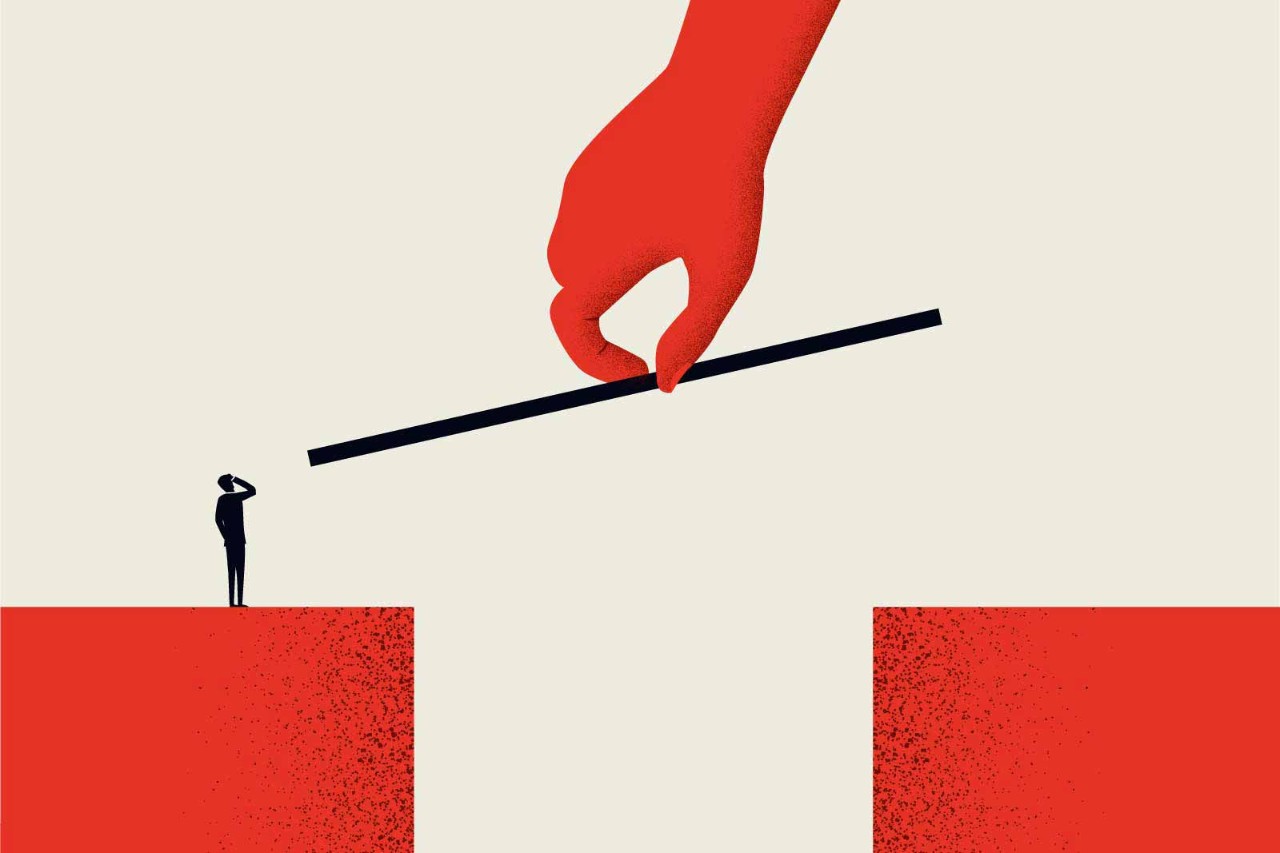
The global inflation fever seems to have broken in many parts of the world. For economists who had become accustomed to unpleasant surprises from US inflation data, June’s release elicited a collective sigh of relief.
The core consumer price index, a measure of underlying inflation that excludes volatile food and energy prices, increased by 4.8% annually. While this is still too high for comfort, it was less than economists had forecast and well down on the 6.6% peak in September 2022.
Core inflation remains stubbornly high in the eurozone
The eurozone has so far been an exception to this trend toward welcome inflation surprises. As elsewhere, the fall in energy and food prices has been bringing down the headline rate, which has almost halved since its 10.6% peak in October 2022, but core inflation remains stubbornly high.
Underlying prices were up 5.5% year on year in June, a rise on May’s 5.3% and little lower than the record peak of 5.7% struck in March. This was despite nine consecutive rate hikes from the European Central Bank (ECB), intended to bring inflation under control. After another increase in borrowing costs in July, the ECB’s deposit rate of 3.75% is at its highest level since 2000, a time when the central bank was struggling to stabilise the newly created euro.
So is the fall in core eurozone inflation merely delayed? Or does Europe face a more entrenched inflation threat than the US? And crucially, what does this mean for chief financial officers in terms of the outlook for labour costs, interest rates and consumer demand?
ECB handicaps
First, the ECB faces some notable disadvantages in taming inflation, says Andrew Kenningham, chief European economist at Capital Economics. ‘The effectiveness of rate hikes in reducing inflation varies between countries, depending on their sensitivity to borrowing cost,’ he says.
The power of monetary policy can also change as the structure of an economy evolves – if, for example, homebuyers lock in borrowing costs for longer, consumers decide to take out less credit overall or wage negotiation practices change. ‘The ECB faces several constraints on how much and how quickly rate rises constrain growth,’ Kenningham says.
There are some promising signs that a fall in eurozone core inflation is merely delayed
‘Several key eurozone countries, including Germany and Austria, have homeownership rates of around 50% – considerably lower than the 63% for the UK,’ he points out, ‘so you get less feedthrough from higher borrowing costs.’ France has a slightly higher rate of homeownership than the UK, but French homeowners – like those in the US – tend to have long-term fixed rates, enabling most to shrug off rate hikes.
Second, the way that wages are set in parts of Europe may also limit the ECB’s impact and contribute to the stickiness of inflation. ‘Particularly in northern Europe, there is more wage indexation, with pay rising more automatically along with prices,’ Kenningham says. ‘In nations like Germany you also get more two-year wage agreements. That means that trade unions can go for more moderate raises over two years, making the inflationary impact milder but more lasting.’
Tide on the turn
Stubbornly high input costs, more expensive labour and falling demand may sound like a toxic combination for CFOs, but the picture is not quite so bleak, Kenningham believes. To start with there are some promising signs that the eurozone’s decline in core inflation is merely delayed. The German statistical bureau reports core inflation slowing to an annual 6.2% in July, from 6.4% in June.
Nor does the ECB seem to think stubbornly high inflation will require an extended sequence of further rate rises. At the July meeting, its president Christine Lagarde expressed confidence that inflation – while still too high – was continuing to moderate.
Most investors are convinced rates have peaked or there is only one more hike to come
In addition, the ECB has stopped implying it is on a near-automatic tightening course and started suggesting that further rate rises will need to be justified by economic data. Even hawks on the ECB’s rate setting committee – those who typically favour tighter policy – have been signalling that an end to rate rises is in sight.
Earlier in July the usually hawkish Dutch central bank governor Klaas Knot said that a rate hike at the ECB’s next meeting in September was ‘by no means certain’. In sum, the ECB’s most recent indications have left most investors and economists convinced that either only one more rate hike is in store or that rates have already peaked.
That would at least limit the pain for CFOs of companies with a heavy debt load that must be renewed or of companies that need capital to expand. Executives in sectors that are most reliant on borrowing – such as residential property and motor vehicles – can also tentatively breathe a sigh of relief.
Demand cushion
Finally, while the resilience of the jobs market is likely to keep employment costs firm it should also lower the threat that fearful consumers will slash spending in areas like leisure and tourism. The fact that eurozone unemployment is at its lowest level (6.5%) since the euro was created helps explain why consumer confidence has been improving despite slow growth overall.
The bottom line is that there are credible grounds for optimism that the economic outlook for companies – though subdued – is likely to be less grim than recent inflation data might suggest.



